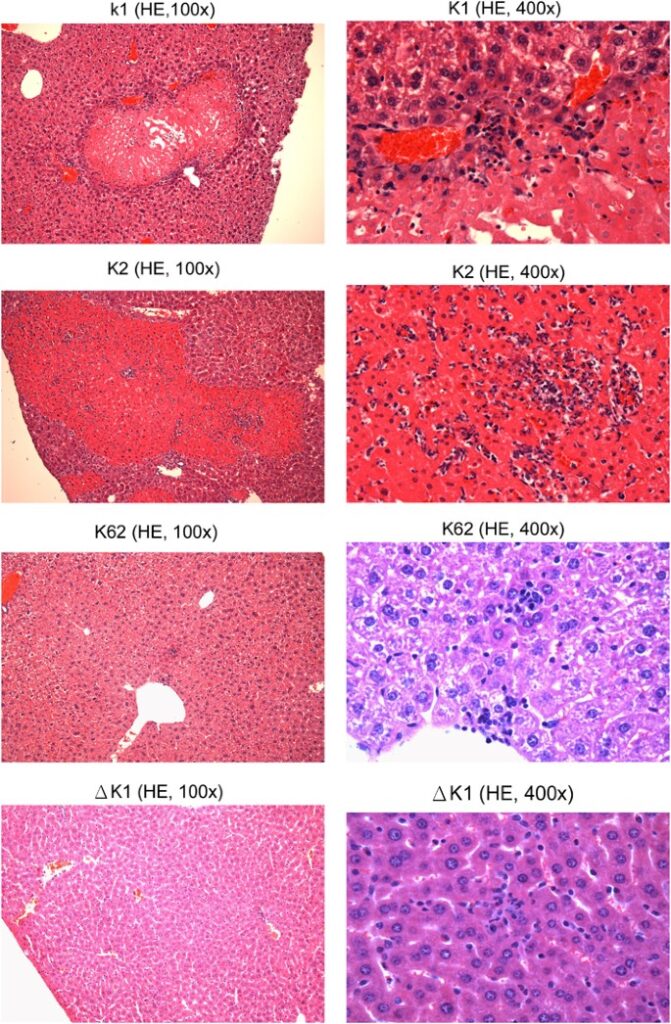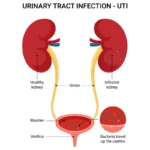Klebsiella peritonitis is a severe intra-abdominal infection caused predominantly by Klebsiella pneumoniae, a gram-negative, opportunistic pathogen. Complicated cases arise due to antimicrobial resistance, delayed diagnosis, or underlying conditions such as peritoneal dialysis. These infections are associated with significant morbidity, prolonged hospitalization, and high mortality rates. A comprehensive understanding of its pathogenesis, clinical presentation, diagnostic approach, and treatment is essential for improving patient outcomes.

Pathogenesis of Klebsiella Peritonitis
Klebsiella peritonitis typically originates from:
- Intestinal translocation – Bacterial migration from the gut due to increased permeability.
- Peritoneal dialysis contamination – Introduction of bacteria through catheter-related infections.
- Secondary peritonitis – Extension from gastrointestinal perforations, appendicitis, or post-surgical infections.
- Hematogenous spread – Sepsis or bacteremia leading to peritoneal seeding.
Key Virulence Factors
- Capsular Polysaccharide – Shields bacteria from phagocytosis.
- Fimbriae and Adhesins – Promote adhesion to host cells.
- Lipopolysaccharide (LPS) – Triggers inflammatory responses.
- Extended-Spectrum Beta-Lactamases (ESBLs) & Carbapenemases – Contribute to multidrug resistance, limiting treatment options.
Clinical Manifestations
The presentation of complicated Klebsiella peritonitis depends on the severity and underlying condition. Common symptoms include:
- Abdominal pain – Diffuse or localized, worsening over time.
- Fever and chills – Indicating systemic infection.
- Cloudy peritoneal dialysis effluent – Suggestive of peritoneal contamination.
- Nausea, vomiting, and ileus – Resulting from peritoneal irritation.
- Sepsis – Tachycardia, hypotension, and multi-organ dysfunction in severe cases.
Diagnosis of Complicated Klebsiella Peritonitis
1. Laboratory Tests
- Complete Blood Count (CBC): Elevated white blood cell count with neutrophilia.
- C-reactive protein (CRP) & Procalcitonin: Markers of systemic inflammation.
2. Peritoneal Fluid Analysis
- Cell Count & Differential: WBC >100 cells/mm³ with neutrophilic predominance.
- Gram Staining & Culture: Identifies Klebsiella pneumoniae and determines antibiotic susceptibility.
- Lactate & pH Measurement: Indicators of bacterial infection and metabolic derangement.
3. Imaging Studies
- Ultrasound & CT Scan: Identify abscesses, bowel perforation, or intra-abdominal pathology requiring surgical intervention.
Treatment Strategies
1. Empirical and Targeted Antibiotic Therapy
Initial antibiotic therapy should cover ESBL-producing Klebsiella pneumoniae until culture results are available.
Empirical Treatment Regimens:
- Carbapenems (Meropenem, Imipenem) – First-line for ESBL infections.
- Piperacillin-Tazobactam – Alternative for less resistant strains.
- Aminoglycosides (Gentamicin, Amikacin) – Used in combination for synergy.
- Colistin or Tigecycline – Reserved for carbapenem-resistant Klebsiella pneumoniae (CRKP).
2. Source Control Measures
- Peritoneal Dialysis Catheter Removal: Considered if infection persists despite antibiotic therapy.
- Surgical Drainage: Required in cases of intra-abdominal abscesses or bowel perforation.
- Peritoneal Lavage: Helps reduce bacterial load in severe cases.
3. Supportive Care
- Intravenous Fluids & Electrolyte Management: Prevent hypovolemia and organ dysfunction.
- Vasopressors (if septic shock develops): Maintain blood pressure and perfusion.
Prevention Strategies
1. Infection Control in Healthcare Settings
- Hand Hygiene & Aseptic Techniques: Reduce nosocomial infections.
- Peritoneal Dialysis Training: Educating patients on catheter care to minimize contamination risks.
2. Antibiotic Stewardship
- Judicious Use of Broad-Spectrum Antibiotics: Prevents resistance development.
- Surveillance Programs for Multidrug-Resistant Klebsiella: Early detection and containment of outbreaks.
3. Vaccination Prospects
- Research is ongoing for vaccines targeting Klebsiella pneumoniae, focusing on capsular antigens and virulence-associated proteins.

